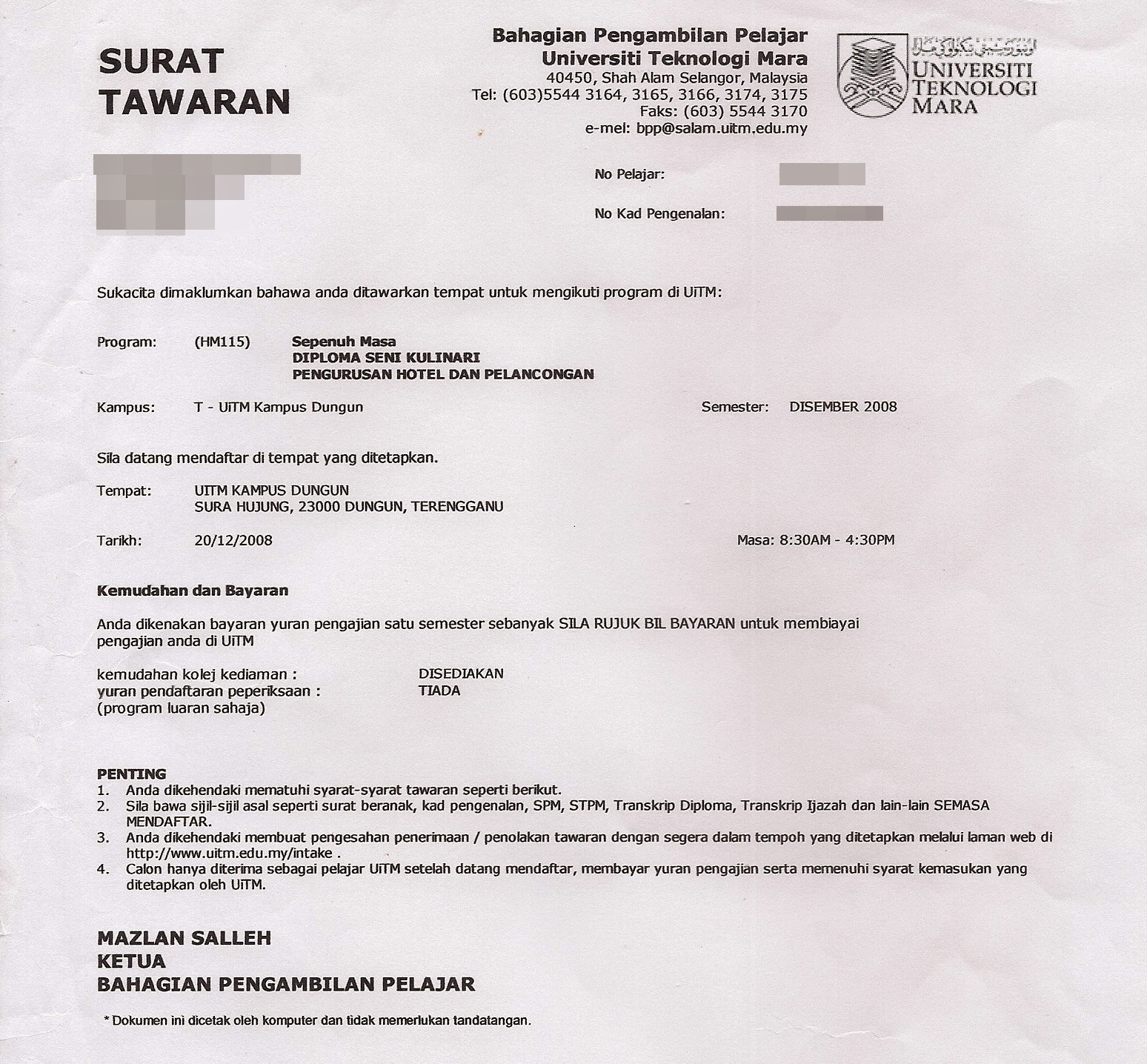fibrous dysplasia #1
A.D.A.M. Medical Encyclopedia.
Fibrous dysplasia is a bone disease that destroys and replaces normal bone with fibrous bone tissue. One or more bones can be affected.
Causes, incidence, and risk factors
Fibrous dysplasia occurs in childhood, usually between ages 3 - 15. The condition does not run in families (not hereditary), and the cause is unknown.
Symptoms
- Bone pain
- Bone sores (lesions)
- Difficulty walking
- Endocrine gland problems
- Fractures or bone deformities (rare)
- Unusual skin color (pigmentation)
The bone lesions may stop when the child reaches puberty.
Signs and tests
The doctor will perform a physical examination. X-rays of bones are taken.
Treatment
There is no cure for fibrous dysplasia. Bone fractures or deformities are treated as appropriate. The patient is screened for endocrine disorders as needed.
Expectations (prognosis)
The outlook depends on the severity of the condition and the symptoms that occur.
Complications
- Cushing's disease
- Gigantism or acromegaly
- Heart rhythm disturbance
- Hyperthyroidism
Prevention
There is no known way to prevent fibrous dysplasia. Treatment aims to prevent complications, such as recurrent bone fractures, to help make the condition less severe.
p/s: I am the chosen one.


Comments
Post a Comment